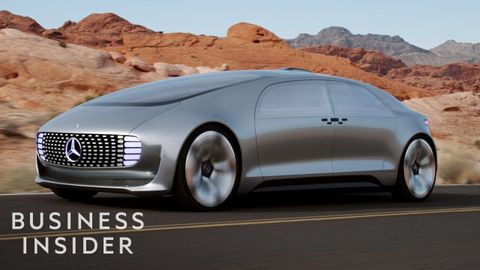Why Don't We Have Self-Driving Cars Yet?
joey joey が 2021 年 05 月 25 日 に投稿  この条件に一致する単語はありません
この条件に一致する単語はありませんUS /ˈkɑnˌtɛkst/
・
UK /ˈkɒntekst/
US /saɪməlˈtenɪəslɪ/
・
UK /ˌsɪməl'teɪnɪəslɪ/
US /ˈɪnfrəˌstrʌktʃɚ/
・
UK /'ɪnfrəstrʌktʃə(r)/
- n. (u.)インフラ;社会基盤;組織基盤;IT基盤
- adj.やりにくい;扱いにくい : 油断ならない;正直ではない
エネルギーを使用
すべての単語を解除
発音・解説・フィルター機能を解除

